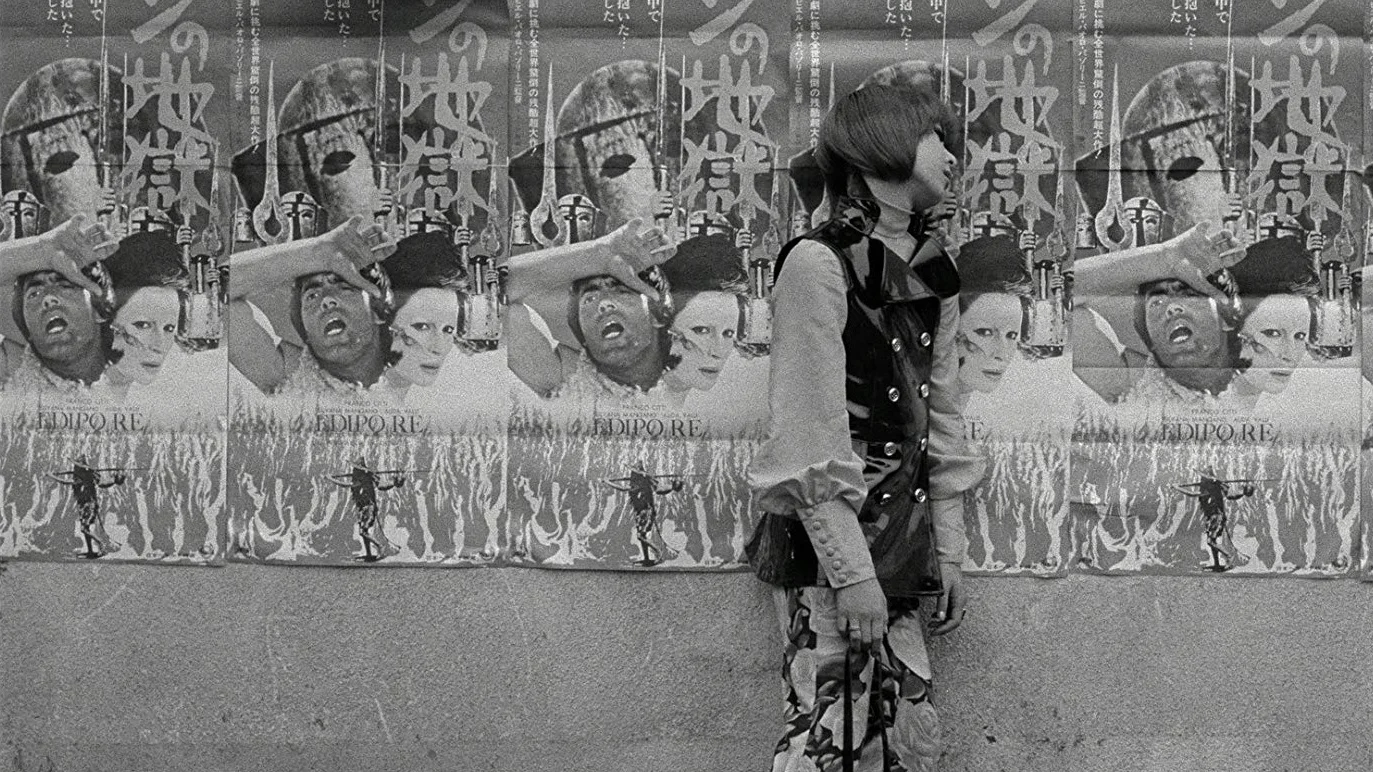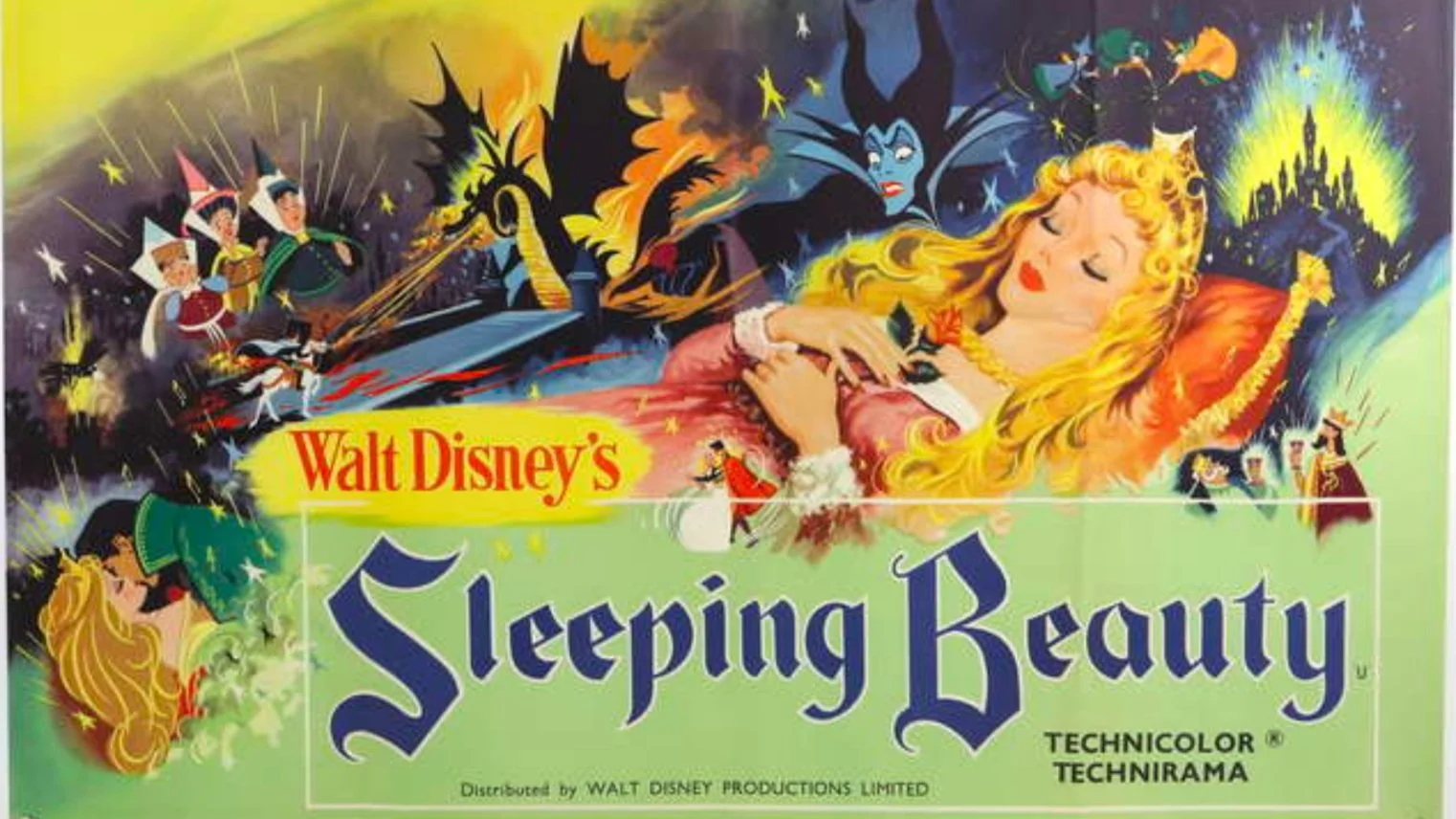Reel Pride: Funeral Parade of Roses (1969)
Toshio Matsumoto was a Japanese filmmaker, professor, and video artist. He spent the majority of his career making experimental short films and documentaries. His most famous film is the avant-garde Funeral Parade of Roses (Bara no Sōretsu). Released in 1969, the film is a key entry if the Japanese New Wave, which began in the 1950s and lasted into the 1970s. Funeral Parade of Roses blends together documentary filmmaking with experimental cinema. It is a deep dive into Tokyo’s LGBTQ subculture during this time period, and a dazzling, dizzying film that breaks narrative conventions. While the film was hard to find for a period of time, a new 4K restoration was completed in 2017 by Cinelicious Pics, and is now available on Blu-ray.
Funeral Parade of Roses is based on the Oedipus Rex myth but through a queer lens. Eddie (Peter, famous for his supporting role in Akira Kurosawa’s Ran) is a young transgender nightclub hostess who is having an affair with “straight” club owner Gonda (Yoshio Tsuchiya, from Kurosawa’s Seven Samurai). Eddie’s rival at the club is Leda (Osamu Ogasawara), as their looks and personalities contrast. Eddie is donned like 1960s mod fashionistas, with a stylish bob and trendy clothes. Leda on the other hand portrays herself in a traditional geisha style. Throughout the film, Mastumoto further explores Eddie’s life and this queer community of the Shinjuku district of Tokyo. The film also intercuts talking head interviews with young queer people, with a narrator asking about their lives and sexualities, including Eddie herself.
First thing’s first: Funeral Parade of Roses is absolutely gorgeous to behold. The stark but lovely black and white photography by cinematographer Tatsuo Suzuki is enriching and alluring. The film begins with an intimate sex scene between Eddie and Gonda. The footage is washed out white, with jarring close-ups and little sound. This opening sequence sets up the unconventional design of the film, with harsh black and white to offset the colorful lives and tragic experiences. Suzuki’s close-ups and wide angle shots are equally striking, crafting a giddy but melancholy view of this hedonistic lifestyle.
Funeral Parade of Roses plays with the cinematic medium in interesting ways. In one sequence, Eddie is seen having anal sex with a stranger, only for Matsumoto himself to yell “cut!”. The film crew is seen as Eddie/Peter and the other actor chat after filming the scene the audience just saw. This back and forth is probably my favorite part of the film, because it really makes the audience think about the barrier between reality and fiction. And that theme is relevant in the film because it exposes the falsehood of the gender binary. The film blends melodrama and extended ridiculous scenes with medium-breaking deconstruction of film itself. There are other intercuts and asides which distance this film from straightforward storytelling.
In general, Matsumoto keeps a light touch to the film, with sequences of partying and sex to make this subculture look fun. The sequences are goofy and off-kilter, but there’s an element of sadness and violence underneath it. The film suggests that Eddie has a traumatic past, ending with a beat that pokes fun at movie conventions and serves as the reinterpretation of the Oedipus climax. The film also makes evocative use of on screen text, both as captions (like a silent film) or just signs. The diegetic music is satirical and dissonant., with recognizable American tunes sped up or distorted to grotesque effect. Mastumoto’s aesthetic is swirling and vaguely coherent, which adds to the film feeling like tumbling down a rabbit hole.
Funeral Parade of Roses is a seminal Japanese queer film. The Japanese New Wave perhaps wasn't codified into a cohesive movement like the French New Wave, but these filmmakers and artists knew they had to reject traditional moviemaking and embrace radical, somewhat provocative or taboo subjects. Matsumoto’s film is a searing look at this queer subculture, playing with gender, sexuality, cinematic form, and mythmaking. The eroticism and political fervor of the film challenge the viewer to examine their own identity. The film is certainly imaginative and troubling, and worth seeking out. Funeral Parade of Roses is a testament to how queer cinema can truly break from the norm and create something totally unique.














